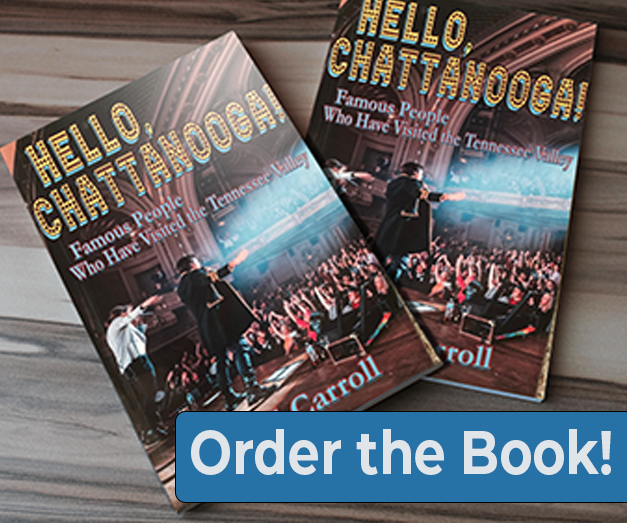Is it possible? The 2020 presidential election is just a year away. You may not have noticed the relative peace and quiet this year, because it is never really quiet and peaceful these days.
Even though this has been a non-election year for most, politics is all up in our face. Impeachment, quid pro quo, fake news, investigations, subpoenas, witnesses, Russians, debates, charges, counter-charges, indictments, whistleblowers, witch hunts, and more.
Now, it’s about to become very loud. 2020 will be filled with attack ads on every medium possible. You won’t be able to escape them on TV, radio, Facebook, and any other space that catches your eyes and ears. Unlike the old days, these ads will not tell you anything positive about Candidate A. Instead, they will be filled with slurs about Candidate B. Ugh.
I once suggested that voters should refuse to support any candidate that runs negative commercials. Soon, someone rightly pointed out that such a strategy would eliminate almost all candidates. What has happened to us?
According to the Pew Research Center, in the 2016 election, about half of us did not vote “for” either candidate. 46% of Democratic voters checked the box next to their candidate’s name only because they wanted to vote against the Republican nominee. Similarly, 53% of Republican voters say they went with their party’s candidate, only because they were voting against the Democrat.
This was not the case in previous elections. In both 2000 and 2008, the two other recent elections in which no incumbent was on the ballot, most people said they went to vote “for” the candidate whom they selected, not “against” the opponent.
It is not unlike when I follow my wife’s orders, and head to the supermarket with a list of produce. She married me, so obviously she’s choosy. (Pause for laughter). She likes her bananas a little bit green, but not too green. She loves avocados, but not too squishy. Sometimes, I have to settle for whatever is in the bin. I bring home too-ripe bananas, or too-soft avocados, and I get “the look.” Husbands know what I’m talking about.
I try to explain, “But sweetheart, this is the best they had, among the selection from which I had to choose!” That never goes well. “Then, you shouldn’t have gotten any at all,” she will reply, with the firmness of the avocados I was supposed to buy. For some voters, this must be the case.
Back in the 1950s and 1960s, voter turnout was in the 60-65% range. This was when fewer people had transportation to the polls, and younger people were not allowed to even register to vote. In 2016, with two candidates on the ballot who were polar opposites, only 55% bothered to go to the polls. We can offer up all sorts of excuses, but somewhere near the top would be this: many voters disliked both major party candidates, and simply stayed home.
What else has changed? Without question, the echo chamber cable news channels, on both sides of the political aisle weren’t around fifty years ago. One would think they would get the electorate fired up, but maybe they’re burning us out. Then there is social media. The founders of those sites keep telling us their purpose was to bring us closer together, but we know how that turned out. It was fun for a while to interact with Aunt Zelda, until she started posting memes slamming our favorite politicians. We liked her better when she was bragging about her cats and her grandchildren.
It is quite likely that in 2020, many folks will repeat what they said in 2016. “Seriously? Out of 330 million Americans, these two are the best we have to offer?”
It’s enough to make you wonder. Has the White House become an undesirable place to live? Are the floors creaky? Are there plumbing issues we need to address?
We all want a knight in shining armor, a candidate we can rally behind. Does that person even exist? Are our divisions so deep that no candidate can win a solid mandate, carrying the big cities, the flyover states, the rural areas, and the growing minority communities?
To win the presidency, a candidate must win at least 270 of the 538 electoral college votes. Not that many years ago, the winners captured 525 (Reagan, 1984), 520 (Nixon, 1972), 489 (Reagan, 1980), and 486 (Johnson, 1964). Certainly, there was grumbling after those elections (and in Nixon’s case, impeachment hearings and an eventual resignation), but generally we accepted the results, and didn’t argue at the holiday dinner table for at least three years.
Finally, you may not have noticed, but I think I just made history. I wrote an entire political blog without mentioning any of the 2020 presidential candidates. I figure you’ll hear their names enough during the next year.


